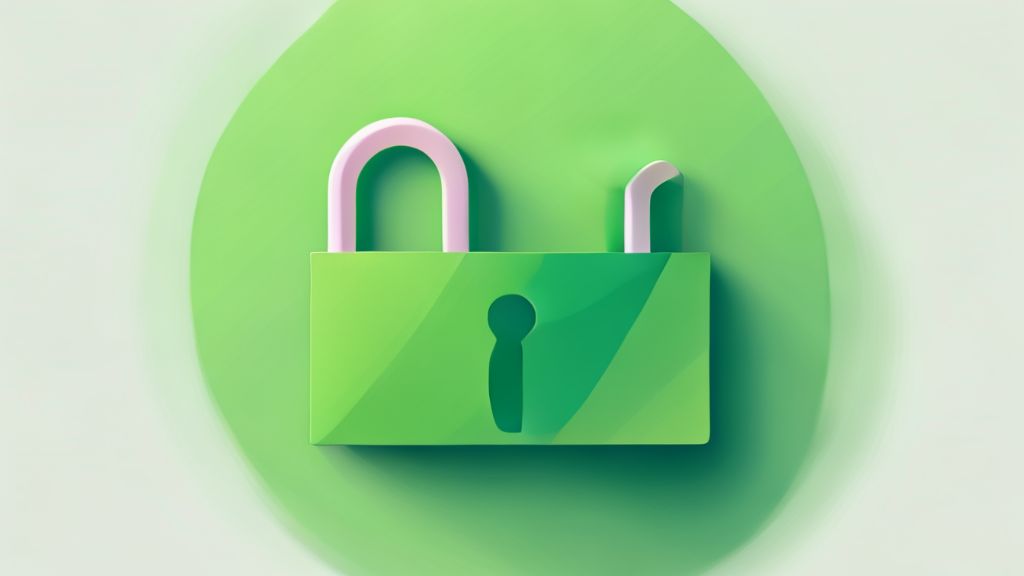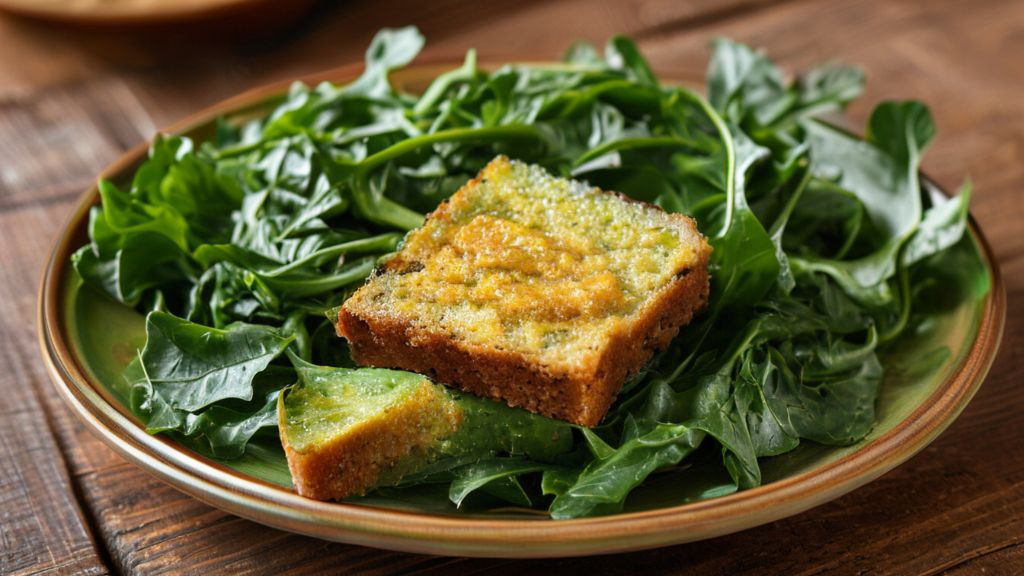Your Ultimate Guide to Getting an Indian Passport: Steps and Tips
What is Indian Passport?
Indian Passport are a great way to improve your skills online.
Your Ultimate Guide to Getting an Indian Passport: Steps and Tips
1. Why Bother with an Indian Passport Anyway?

Main features of Indian Passport
You know, many people think Indian passports are just for exciting international adventures, but here’s the thing: they’re surprisingly versatile! While they certainly unlock the world, an Indian passport is also a crucial form of identification, address proof, and even date of birth verification right here at home. It’s a surprisingly handy document that can simplify many aspects of your life, making it a smart move to get one sooner rather than later. Imagine needing a robust ID for a bank, or a comprehensive address proof – your Indian passport often fits the bill perfectly.
What’s interesting is how many everyday situations an Indian passport can streamline, beyond just boarding a plane. From opening a new bank account to applying for certain services, it often provides the most universally accepted form of verification, saving you the hassle of juggling multiple documents. So, while dreams of faraway lands might be the initial spark, consider the practical benefits that make an Indian passport an invaluable asset for your daily life too. It’s not just a travel document; it’s a fundamental piece of your personal identification toolkit.
2. Is Getting an Indian Passport Really That Easy?
You might be wondering if the process is complicated, perhaps picturing long queues and mountains of paperwork, but let’s be honest, it’s quite straightforward these days! The bulk of the process involves an online application, a small fee, and typically just a single, focused visit to a passport office. What’s truly surprising is how quickly your Indian passport often arrives, usually within 30 days, right to your doorstep, almost like magic!
From my experience, the digital transformation of the Indian passport application has made a world of difference. Gone are the days of endless forms filled out by hand and multiple trips to various government offices. This modern approach, primarily online, drastically cuts down on the time and effort you need to invest, making it incredibly accessible for first-time applicants. So, yes, it really is that easy, and the convenience factor alone makes it a worthwhile endeavor.
3. Ready to Dive In? Starting Your Indian Passport Online Application

The first and most crucial step, you know, is to head directly to the official Passport India website – and this is incredibly important, as there are many fake sites out there that could waste your time and money! You’ll want to make sure the URL is passportindia.gov.in to avoid any pitfalls. Once you’re on the legitimate page, your journey begins by creating an account and then carefully selecting your preferred passport office. This choice is vital because it determines where you’ll eventually go for your in-person appointment and where your police verification might originate.
After setting up your account, you’ll begin filling out the online application form, inputting your basic personal details like your name, date of birth, and contact information. It’s a step-by-step process, almost like filling out any other online registration form, making it quite manageable. Remember to double-check everything for accuracy, as these details will be printed directly onto your Indian passport. Taking your time here can save a lot of hassle down the line!
4. What Information Do They Actually Need for an Indian Passport?
As you meticulously fill out the online form for your Indian passport, you’ll provide essential details such as your full name, gender, date of birth, and place of birth. This leads us to an interesting point: you’ll also need to specify your marital status, employment type, and educational qualifications. Believe it or not, these details aren’t just for formality; they can actually determine your eligibility for certain categories, like the Non-ECR (Emigration Check Required) status, which can affect your future travel.
A surprising fact for many is that if you’ve completed your 10th standard, you might be eligible for the non-ECR category, simplifying future emigration processes. You’ll also be asked about any name changes you might have had, and whether your place of birth is in India. This comprehensive information helps the authorities create a complete and accurate profile for your official travel document, ensuring its integrity and your safety.
5. Your Address and Emergency Contacts: What’s the Deal?
When it comes to addresses, you’ll need to provide your current residential address and, if different, your permanent address. From my experience, it’s absolutely crucial to be precise with your police station selection, as this is exactly where your police verification will eventually happen. An incorrect selection here can lead to delays or complications down the line, so take a moment to ensure you pick the correct one associated with your address.
And don’t forget the emergency contact! You’ll need to include the name and mobile number of someone reliable who can be reached in case of any unforeseen circumstances. While it might seem like a minor detail, it’s a vital safety net. The entire section is designed to ensure that in any situation, the authorities can reach you or your designated contact, reinforcing the security and reliability of your Indian passport.
6. The Nitty-Gritty: Other Details and Indian Passport Preview
This section covers some truly important declarations, like whether you’ve ever been involved in legal cases, if you’ve faced any criminal convictions, or if there have been any court orders restricting your travel outside the country. You know, it’s all about ensuring transparency and upholding the integrity of the Indian passport system. These are critical questions, and answering them accurately is paramount for a smooth application process.
After you’ve carefully navigated through these declarations, you’ll arrive at a really cool part: a preview of what your Indian passport will actually look like! This digital mock-up shows you exactly how your details, including your name, date of birth, and address, will appear on the final document. It’s an excellent opportunity to catch any last-minute errors before submission, giving you peace of mind that everything is accurate.
7. Documents and Payment: What to Bring and How to Pay for Your Indian Passport
Here’s the thing: you’ll need proof of birth and proof of address, and surprisingly, your Aadhaar card can often serve as both, making the document submission process much simpler! This is a fantastic piece of insight, as it streamlines what used to be a multi-document hassle into a single, widely available proof. You’ll also choose your preferred payment method – either conveniently online using net banking, debit, or credit cards, or through a bank challan. What’s interesting is that you can even opt for an SMS update service on your Indian passport status for a small, nominal fee. This feature keeps you informed every step of the way, sending alerts directly to your mobile, so you’re never left wondering about your application’s progress. After making your payment, the system will allow you to schedule your appointment at the passport office, bringing you one step closer to your new Indian passport!
8. Your Indian Passport Office Visit and Police Verification: What to Expect

On your eagerly awaited appointment day, make sure to arrive about 15 minutes early with your printed application receipt. At the passport office, the process is quite streamlined: they’ll take your photo and capture your signature – these are the exact ones that will appear on your Indian passport, which is a neat detail! Crucially, they will also meticulously verify all your submitted documents. This leads us to the final, essential step: a police verification that will take place at your local police station. You’ll likely receive a call to visit, and there, you’ll need to present the very same documents you provided at the passport office for their verification. Once that’s done, your Indian passport will truly be on its way, often dispatched by post to your address within about a week! It’s the final hurdle before your new Indian passport lands in your hands, ready for your next adventure.
For more information on the Indian passport application process, you can visit the official Passport India website.
Related information: View more Indian Passport related content
Reference: Google SEO Starter Guide
Indian Passport Frequently Asked Questions
How is Indian Passport used?
Indian Passport can be utilized in various ways and can be effectively used through proper understanding and practice.





